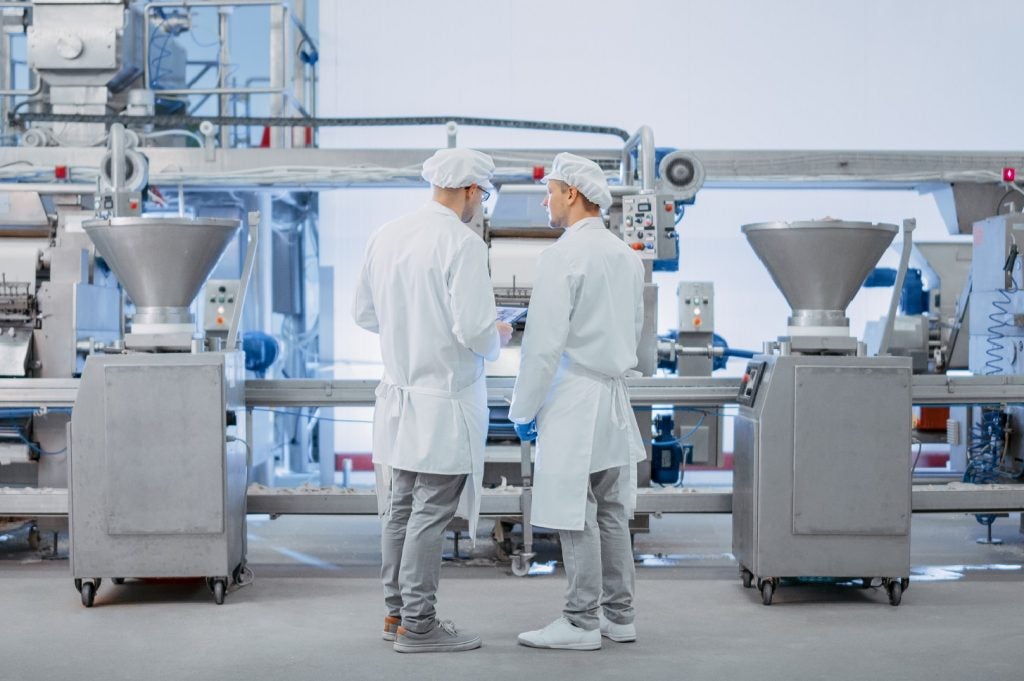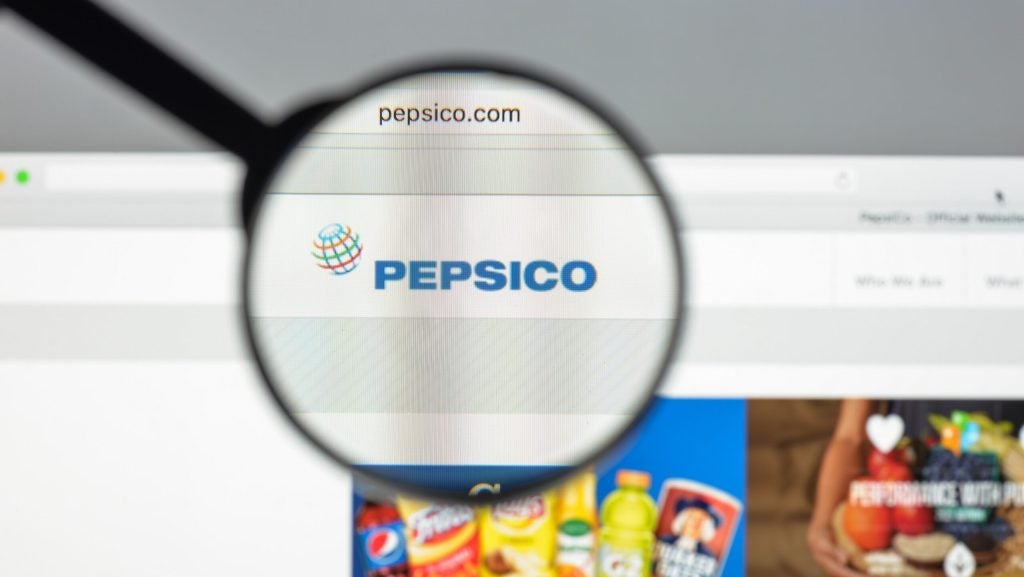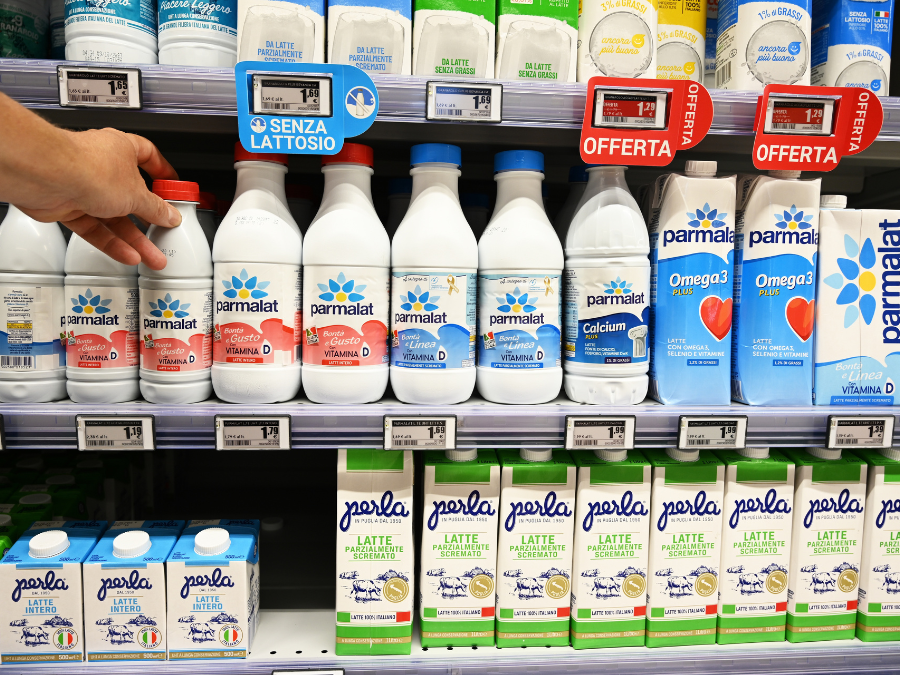To the untrained eye, the changes are almost imperceptible. You add a little bit here, take a little bit of something else away, or maybe you swap one thing out for something else entirely – usually something cheaper.
The tweaking of recipes and ingredients by food manufacturers has occurred for decades. However, the problem for many companies over the last couple of years is the cost of many ingredients has shot through the roof thanks to a range of factors. The soaring price of energy and the war in Ukraine are two key issues food companies based in Europe have had to grapple with.
According to food industry experts, the knock-on effect of the inflationary pressure has been a growing number of manufacturers looking to reformulate products without – hopefully – compromising on taste so that they can cut costs.
Establishing just how widespread this practice isn’t easy. For starters, the global food groups themselves don’t want to talk about this issue – all the companies Just Food approached for this article either declined to comment or failed to respond to requests for comments.
And the problem is, even when it is possible to produce concrete evidence that a product’s recipe has been reformulated, it’s difficult to directly tie that reformulation to the rising cost of certain ingredients as some producers might argue they have switched ingredients around due to sustainability concerns, supply chain resilience issues or even health factors.
It’s an issue highlighted by UK-based market researcher Assosia, which supplies grocery industry price and promotion data and insights. The company has detected some changes to meat content across the chilled ready meals and fresh sausages categories over the last few months in the UK but says it isn’t possible to pin down exactly why these changes have occurred.
Reformulation has clearly ramped up through this inflationary period
Andy Searle, AlixPartners
However, although it might be challenging to produce concrete evidence that reformulation has been taking place due to inflationary pressures, food industry experts are unequivocal in their belief that this practice has happened and is happening.
“The short answer is yes,” says Nilpesh Patel, partner at OC&C Strategy Consultants, a UK-based consultancy that says it works with branded and own-label businesses. “It’s been a fairly widespread activity given a number of different pressures out there – and also opportunities to pursue. We’ve seen it across different food categories and input ingredients, for different reasons.”
Andy Searle, partner and managing director London at consulting firm AlixPartners, agrees. “It’s an ongoing thing that’s been happening for years and it’s always been seen as one element of productivity that companies can drive by changing from a higher cost ingredient to a lower cost ingredient, but I think it’s clearly ramped up through this inflationary period as people have sought to offset those inflationary costs they can’t necessarily pass on to their customers.”
The need for supply-chain resilience
Meanwhile, Cyrille Filott, global strategist for consumer foods, packaging and logistics at Netherlands-based financial service group Rabobank, says anecdotally it’s a trend he has also detected. He points to two underlying reasons.
“One is a short-term factor and one is long-term,” he explains. “The short-term factor is cost inflation and can you keep the same price point at the retailer. To do that, potentially you have to swap out more expensive ingredients for cheaper ones.
“The longer-term factor is, in the last couple of years, we have had new supply chain issues and companies are now considering their ingredient lists from a security of supply and availability point of view and also from a scalability point of view because some ingredients have higher [carbon] emissions than others.”
Patel says supply chain resilience and availability of ingredients have become major issues for food groups in recent years, with, for example, the war in Ukraine having a severe impact on the supply of sunflower oil globally.
Some countries have also been blighted by domestic issues relating to ingredient availability. In the UK, for instance, many manufacturers have struggled to source a sufficient supply of eggs in the last 12 months thanks to rising energy costs and bird flu. As a result, some food groups were forced to explore the potential use of egg reducers.
Not all categories are equal
However, the single biggest challenge for food producers has undoubtedly been the soaring cost of ingredients, which has sometimes been exacerbated by the scarcity of availability.
“Inflation has been a constant theme of the last 18 months or so and this has hit food businesses hard,” says Patel. “With the cost of input ingredients being the largest cost line for food manufacturers, this increased inflation has driven players to explore lower cost options, where possible. This could be about reducing the quantity of the most expensive ingredient in a recipe, or about finding similar lower-cost alternatives to existing ingredients.”
But, unfortunately, for some manufacturers, it’s not always possible to radically alter recipes by cutting costs on ingredients. Hamish Renton, managing director of HRA Global, cites the example of the confectionery category, which has seen the cost of cocoa soar by more than 50%.
For milk chocolate confectionery brands, which will typically have a low cocoa content, the overall flavour can potentially be balanced by the addition of more sugar but, for high-quality chocolate brands, with a high cocoa content of 70% and above, there is little scope for reformulation and the use of cheaper ingredients.
“Whereas, in a category like soups, it’s much easier,” says Renton. “If you make a winter soup, for instance, there is no prescribed formula for what goes into a winter soup. Emotionally, you would feel it should be root vegetables like parsnips and swedes but, if turnips were as cheap as chips, you might add more turnips. If you’re just using vegetables, you can change the mix and dial one thing up and one thing down and then the skill is in the blending and still making it taste edible.”
Another category where the practice of reformulating products and switching out more expensive ingredients for cheaper ones has been more commonplace is ready meals, particularly private-label dishes.

“We have seen a lot of changes in ready meals, from beef to pork and pork to poultry, just because of price points,” says Filott. “The challenge is: will the retailer allow this to happen? The retailer has a fixed place on the shelf for certain ready meals and certain products and, if you change the offering to the consumer, it is a new SKU and not all retailers are happy to have these changes.”
Recipe reviews will continue
In many countries the inflationary peak has already passed and price pressures are likely to continue to ease over the coming months, but that doesn’t necessarily mean the practice of reducing or swapping out certain ingredients for cheaper ones will end any time soon.
Patel for one believes reformulation will continue to be an ongoing theme for the food industry.
“Inflationary pressures remain,” he explains. “Not all inputs are equally impacted – e.g. sugar is at a high point – and wages are expected to go up, continuing to put pressure on cost bases. These costs increasingly are difficult to pass on to retail customers.”
Done well, history has shown that reformulation can drive improved value for money for consumers and improve food manufacturers’ profitability.
However, history is also littered with cautionary tales of brands that got reformulation badly wrong, making significant changes to popular products in one fell swoop. Patel warns there is also a danger of death by a thousand cuts.
“Often businesses – rightly – take a cautious approach and shift formulation little by little, with consumers not noticing each incremental change,” he explains. “But over time these changes can magnify and consumers will see a gap open up versus their expected brand experience, or indeed their competition.”
As the price of ingredients starts to stabilise and, in some instances, decline, food brands can start to shift their focus from profit protection to building back volumes. However, the big question they must ask themselves on reformulation is whether the value-for-money equation is right, Patel says.
“Some businesses that took too much quality out of a product may need to put some back into the mix and other businesses may still be carrying specifications/costs that don’t matter to the end consumer,” he reflects.
It’s a difficult balancing act but it’s one manufacturers need to crack if they want to master the reformulation game.
















